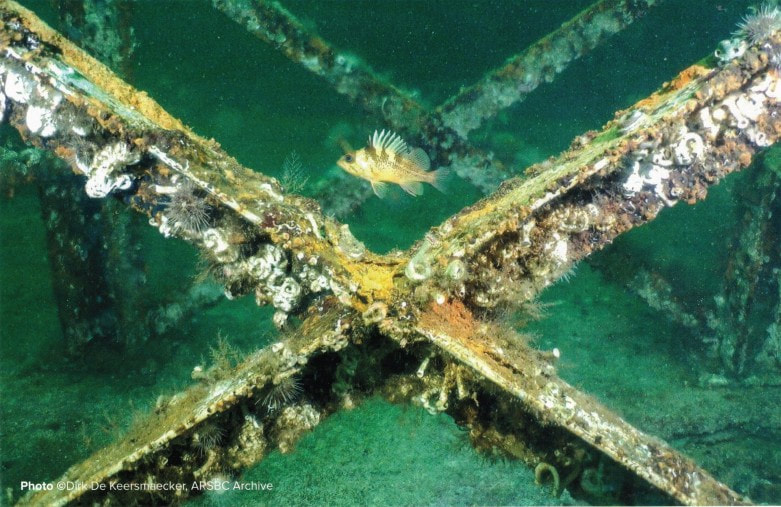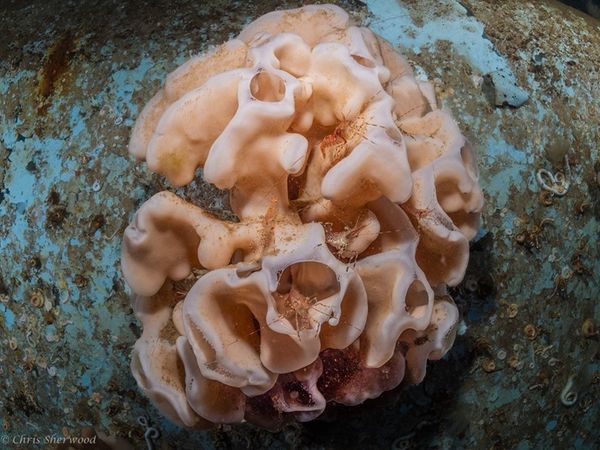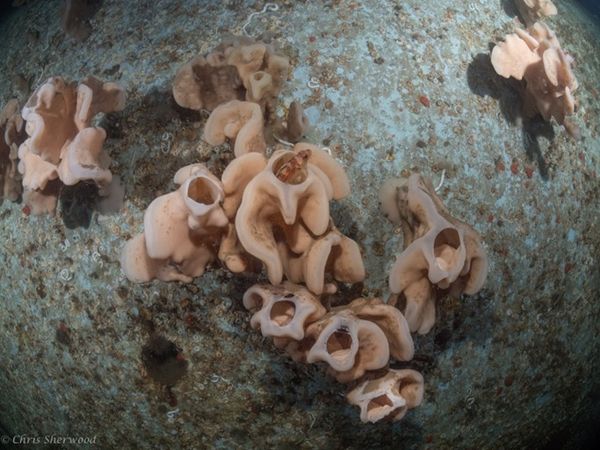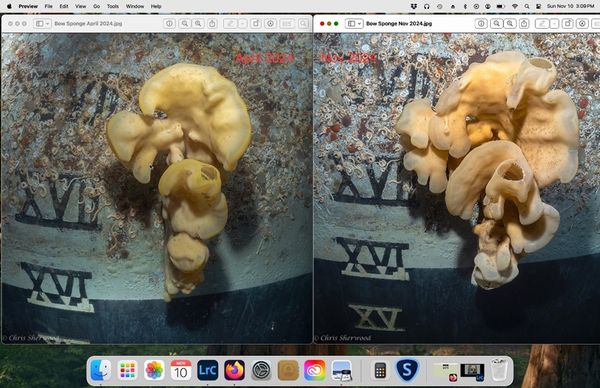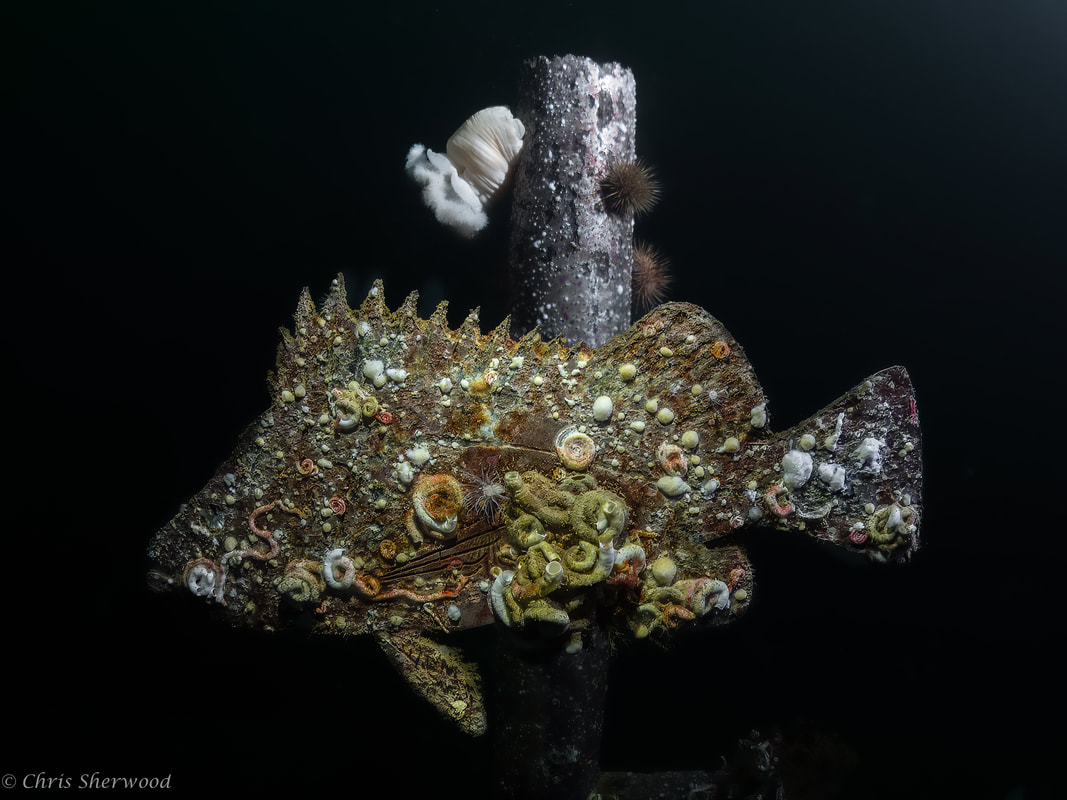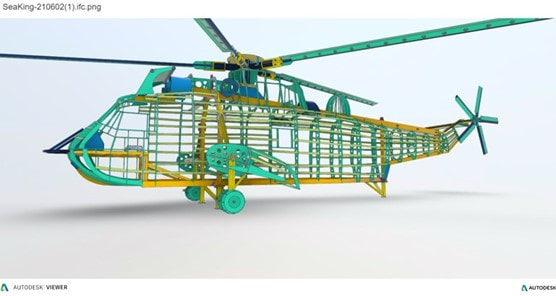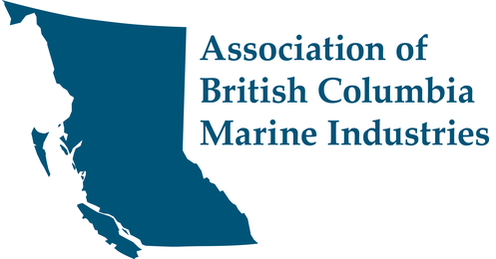|
Interesting video on concrete ships, by The Shell
In Memory of Gary FriesenGary was among a handful of volunteers who helped the ARSBC by coordinating volunteers on the Annapolis Project. He dedicated himself to volunteering hundreds of his own hours preparing the vessel and helping to research the sink site location. He was an accomplished scuba instructor, technical diver and underwater videographer. Gary's background in the construction industry has given him the experience to plan, direct and manage complex projects.
Gary was always relied upon to offer good advice and balanced opinions throughout the project and because of his friendship and dedication, he was invited to join the ARSBC Board in 2015 as Director of Diver Programs. It was always a comfort when Gary was in company, and he will forever remain in our thoughts and heart as a terrific colleague and wonderful friend. Gary Died of natural causes on December 4, 2024 at the age of 62 and will me deeply missed. First-ever Indigenous water docuseries, "Water Worlds", set to premiere on APTN in Jan 2025The Artificial Reef Society of British Columbia proudly announces being one of the featured episodes in a new upcoming all aboriginal documentary series called Water Worlds directed by film producer Len Morrisette, President of the Alberta Native Friendship Society.
This 13 - part series will air on January 9, 2025, on the APTN network channel. The Artificial Reef Society will be highlighted for its contribution to marine habitat conservation in episode 11 titled “Finding Balance” scheduled for March 20, at 9:30 PST and on March 27 at 3:30 PST. Divers from the reef society will journey to the wrecks of the former HMCS Columbia in Campbell River BC sunk on June 22, 1996, and the American built concrete ship YOGN-82 sunk on June 23, 2018, in Powell River BC. The series is narrated by popular Canadian first nations actress Tantoo Cardinal. Water Worlds is the first all aboriginal documentary series of its kind, and we are very proud to be associated with it. Episode 11 will show viewers the work of the Artificial Reef Society and how well ship-to-reefs perform to balance the health of our marine ecosystem as a complex habitat management tool. Official News-Release: www.globenewswire.com/fr/news-release/2024/11/19/2983781/0/en/First-ever-Indigenous-water-docuseries-Water-Worlds-set-to-premiere-on-APTN-in-January-2025.html
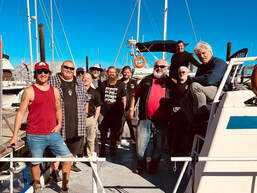 The Team going out to the YOGN-82 The Team going out to the YOGN-82
FOR END-OF-LIFE SHIPS, a new life starts at the bottom of the ocean. Underwater artificial reefs take marine vessels and convert them to living incubators for a plethora of marine life, from plants, to sponges to fish. For a group of marine environmentalists, underwater visits to two ships reminded the team of the magic of reef making.
A team from the Artificial Reef Society of British Columbia (ARSBC) and the producers of a new groundbreaking underwater TV documentary, Water Worlds, came together in September to explore two artificial reefs: The YOGN located near Powell River and the former HMCS COLUMBIA near Campbell River. The purpose of the dive was to explore and film marine life for an upcoming Water Worlds episode featuring artificial reefs. Due to COVID restrictions, the ARSBC had not visited their latest reefing projects since 2018. Like magic, teams discovered over the last few years marine habitat has exploded. Like other artificial reefs managed by ARSBC, the YOGN and COLUMBIA show how end of life vessels have a second life in expanding marine habitat. 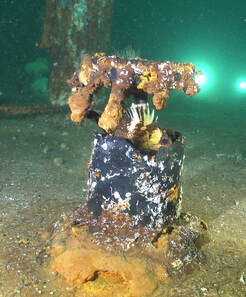 Photo by Dirk De Keersmaecker Photo by Dirk De Keersmaecker
Rockfish and Lingcod Call YOGN Home
The teams were amazed to see so many resident rockfish and lingcod on the YOGN after only a few years as a reef. The USS YOGN-82 was an unpropelled gasoline barge built in 1943 by Concrete Ship Constructors, National City, California and launched in 1944. Displacing 4860 tons, she is 375 ft long, 56 ft wide and 38 ft deep. Each vessel had a crew of twelve and carried ten million liters of gasoline in twenty-four cargo tanks. She was reefed in June 2018 off Willingdon Beach in Powell River, BC and now rests on her keel fully upright in one hundred feet of water. As an artificial reef, the YOGN has been positioned where water currents deliver and deposit embryonic organisms onto its complex structure, continuously seeding all areas, especially the exterior. The ship now has a coating of algae that has formed a diatom matt holding numerous species of plants and filter feeder species. A diatom matt is essentially the basic building block of a new reef habitat and support system. Importantly, certain marine species that photosynthesize on artificial reefs also aid in carbon sequestration, the act of pulling in and capturing CO2 emissions from the atmosphere. The YOGN demonstrates how artificial reefs not only expand marine habitat but also help reduce greenhouse gases. COLUMBIA is an Incubator for Sponges and Fish
Teeming with life, the COLUMBIA appears to be an incubator for juvenile marine life, from sponges to fish. The former HMCS COLUMBIA was a Restigouche Class Destroyer Escort, built by the Burrard Drydock Company in North Vancouver. Commissioned on 7 November 1959, she served on Canada's East Coast until 1967 when she returned to Esquimalt as a stationary training ship. She was decommissioned in 1974 and reefed in June 1996 off Maude Island, Campbell River, BC and rests on her keel in about 120 ft of water with a 36⁰ list to port. Water Worlds Feature Artificial Reefs
Water Worlds Season 1 is the first all Aboriginal Canadian film production that focuses on the oceans and waterways around Canada through an Indigenous lens that highlights Indigenous and non-Indigenous peoples working together to save Mother Earth. Each episode in the series will highlight those who’s mandate is to help make a difference. The ARSBC was thrilled to learn one episode will feature artificial reefs and include ARSBC as the ships-to-reefs disposal experts. The show is scheduled to air in the fall of 2023 on the Aboriginal Peoples Television Network (APTN). Narration by Métis actress Tantoo Cardinal is being negotiated. Howie Robins, President, ARSBC Rick wall, Director, ARSBC For more information about Water Worlds, Contact len@ciasolutions.ca Annapolis Artificial Reef Project:
|
|
Esquimalt Naval and Military Museum Receives New Items By Lookout Production Aug 2022 Peter Mallett, CFB Esquimalt Lookout Navy News |
A collection of naval artifacts from five former Royal Canadian Navy (RCN) warships made its way to the CFB Esquimalt Naval and Military Museum.
The artifacts were delivered and presented to museum staff on July 25 by Howard Robins, President of the Artificial Reef Society of British Columbia (ARSBC). “Everything I brought with me to the museum was either one or two of a kind on a ship we were working,” Robins said. “I looked for things that were memorable or personalized, or can in some way relate to the ship as a souvenir.” The items range from a brass statue to firing triggers, alarm bells, and ammunition magazine clips.
Robins’ non-profit foundation was formed over 30 years ago and has sunk six former HMCS vessels to form nine of its artificial reefs in the coastal waters of BC. The ARSBC was displaying the items at trade shows or using them for educational purposes for students and other dive community members but deemed they were no longer needed.
Photo above Tatiana Robinson, Curator of the CFB Esquimalt Naval and Military Museum, displays a solid brass wheel from HMCS Columbia. Howard Robins, President of the Artificial Reef Society of British Columbia, displays a sculptor’s maquette of a Second World War-era merchant mariner that was to be placed on the flight deck of HMCS Cape Breton. They were some of the many items presented by the ARSBC to the museum in a presentation made on July 25 in Esquimalt.
For more information about the CFB Esquimalt Naval and Military Museum, visit navalandmilitarymuseum.org
The artifacts were delivered and presented to museum staff on July 25 by Howard Robins, President of the Artificial Reef Society of British Columbia (ARSBC). “Everything I brought with me to the museum was either one or two of a kind on a ship we were working,” Robins said. “I looked for things that were memorable or personalized, or can in some way relate to the ship as a souvenir.” The items range from a brass statue to firing triggers, alarm bells, and ammunition magazine clips.
Robins’ non-profit foundation was formed over 30 years ago and has sunk six former HMCS vessels to form nine of its artificial reefs in the coastal waters of BC. The ARSBC was displaying the items at trade shows or using them for educational purposes for students and other dive community members but deemed they were no longer needed.
Photo above Tatiana Robinson, Curator of the CFB Esquimalt Naval and Military Museum, displays a solid brass wheel from HMCS Columbia. Howard Robins, President of the Artificial Reef Society of British Columbia, displays a sculptor’s maquette of a Second World War-era merchant mariner that was to be placed on the flight deck of HMCS Cape Breton. They were some of the many items presented by the ARSBC to the museum in a presentation made on July 25 in Esquimalt.
For more information about the CFB Esquimalt Naval and Military Museum, visit navalandmilitarymuseum.org
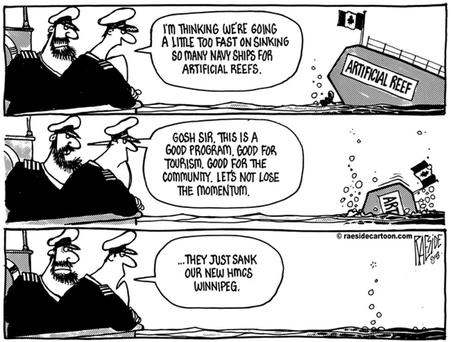
In the News – Sort Of
Artificial reefs in BC make for great news stories – and they provide equally great opportunities for editorial humour. ARSBC thanks cartoonist Adrian Raeside for his valuable insights on the subject. More from Adrian Raeside....
Artificial reefs in BC make for great news stories – and they provide equally great opportunities for editorial humour. ARSBC thanks cartoonist Adrian Raeside for his valuable insights on the subject. More from Adrian Raeside....
Sinking Wings
Documentary on the making of ARSBC's Boeing 737 reef, by Mega Builders, a television series on the Discovery Channel and Science Channel. Each episode looks at the people and the machines involved in the construction of large-scale engineering projects.
YOGN-82 Survey Dive
September 2022
Artificial Reefs Highlighted as a Habitat and Tourism Option
Read the article by Justin Waddell in My Powell River Now, Nov 23, 2022
Read the article by Justin Waddell in My Powell River Now, Nov 23, 2022
ARSBC Launches the Sea King Project
Read about the Sea King on our Projects page
You can download the full pdf here
Read about the Sea King on our Projects page
You can download the full pdf here
ARSBC Goes Virtual!
Contact us if your group is interested in having our speakers present at your event – by Zoom, Skype, Teams, and PowerPoint. We will be available in person for events in the Vancouver area once Covid-19 social distance measures have been safely lifted.
Contact us if your group is interested in having our speakers present at your event – by Zoom, Skype, Teams, and PowerPoint. We will be available in person for events in the Vancouver area once Covid-19 social distance measures have been safely lifted.
